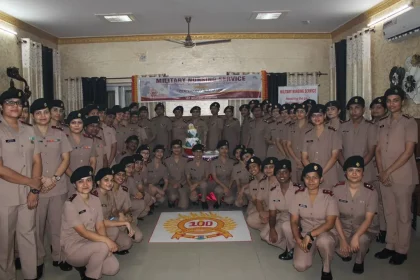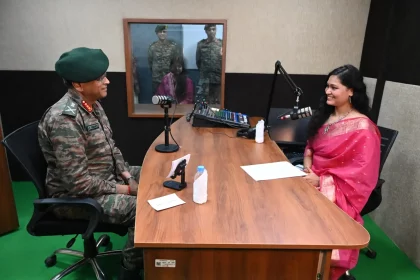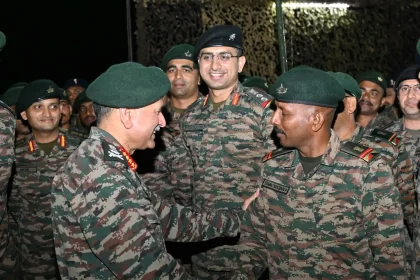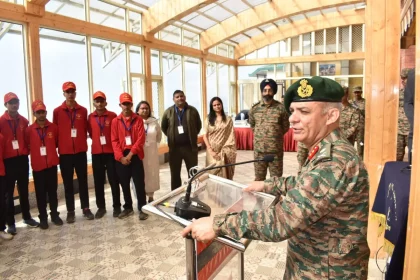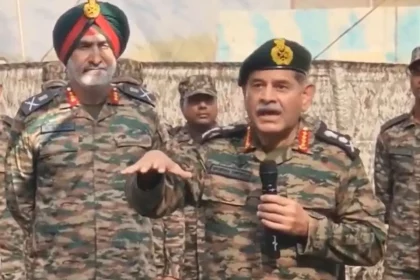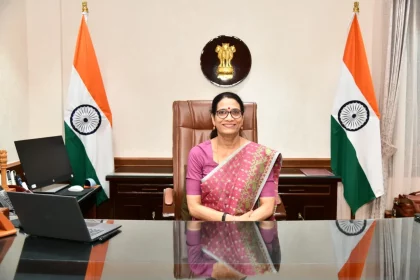Military Hospital Pathankot Celebrates 100 Glorious Years of Military Nursing Service
From field hospitals in conflict zones to specialised care in military medical establishments, the MNS has consistently upheld its ethos…
Lt Gen Anindya Sengupta Inaugurates ‘Voice of Spiti’ Community Radio Station in Giu
Through such initiatives, the Indian Army continues to stand shoulder to shoulder with citizens, ensuring that even the most far-flung…
General Upendra Dwivedi Reviews Operational Preparedness at Bikaner Military Station
He concluded his visit by encouraging all stakeholders to continue their joint efforts towards ensuring national security and strengthening India’s…
Major General Ajay Feroz Shah Inspires Gujjar & Bakarwal Students During Visit to Army Training Command Shimla
The students’ visit to ARTRAC is a step forward in empowering them to become responsible citizens and active participants in…
“Will Erase From Map if Needed”: Army Chief General Upendra Dwivedi Issues Stern Warning to Pakistan
General Dwivedi signals no restraint in future operations against terror infrastructure.
Smt Shobha Gupta Assumes Charge as Director General of Defence Estates
Veteran IDES officer takes charge of DGDE, overseeing 18 lakh acres of defence land.

